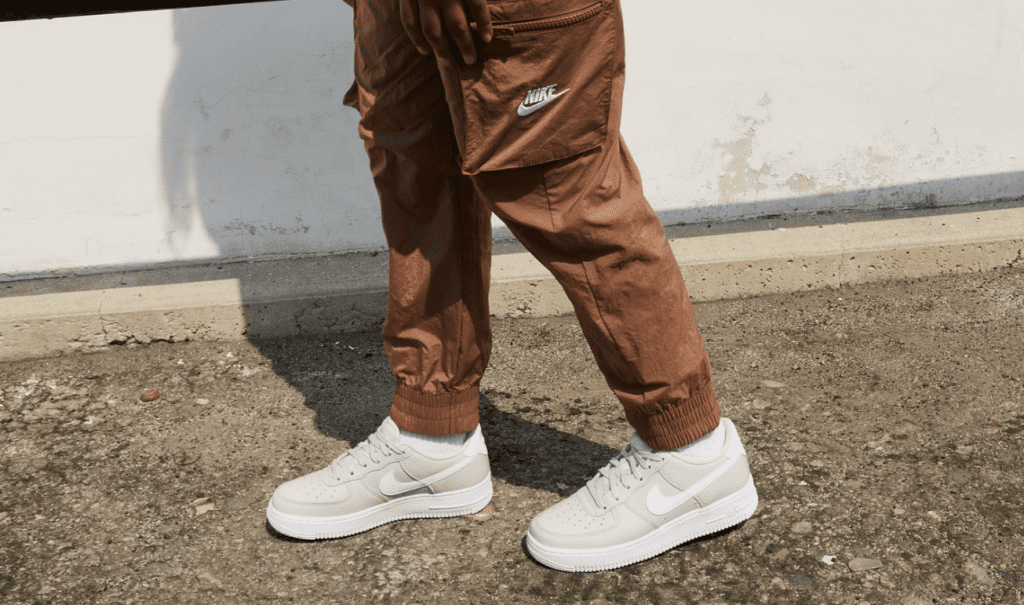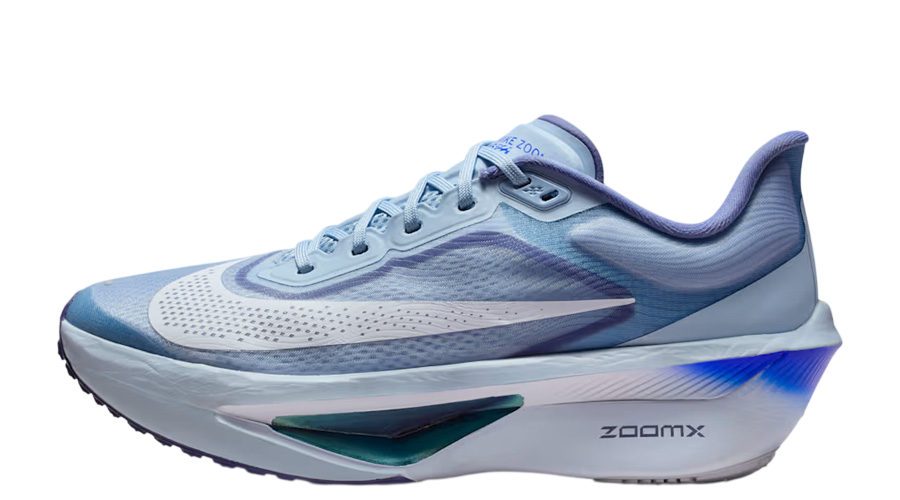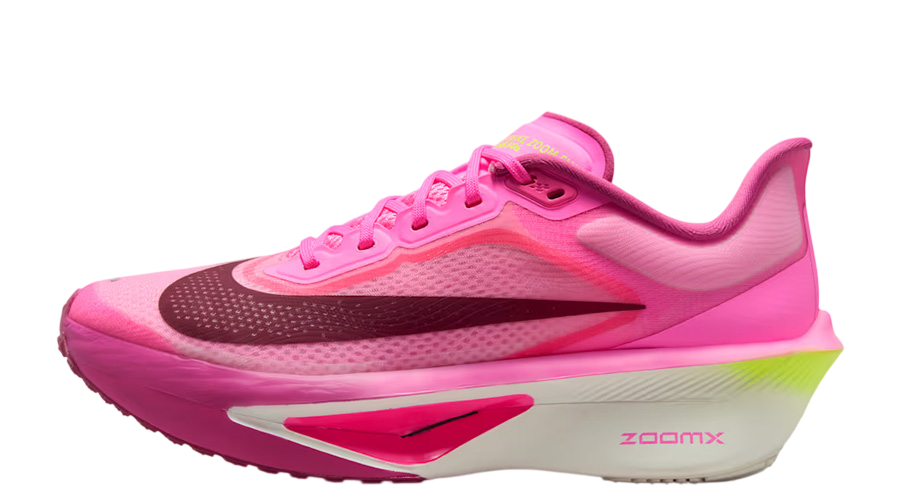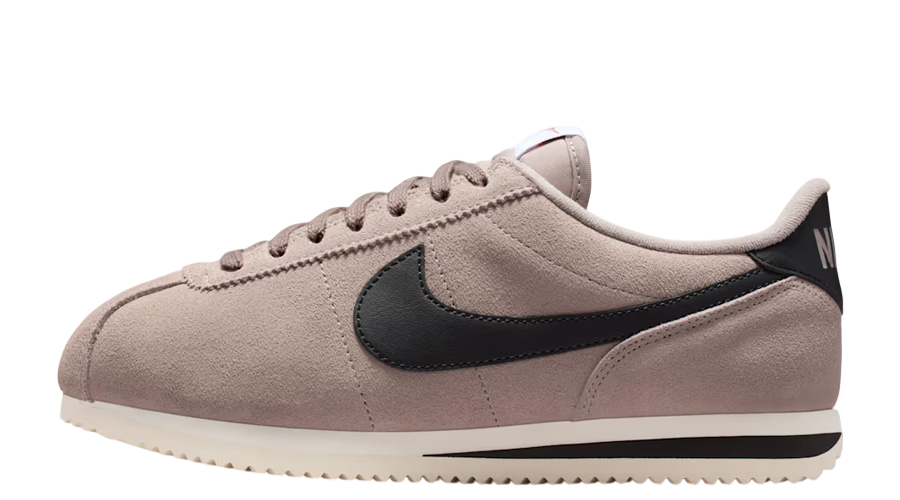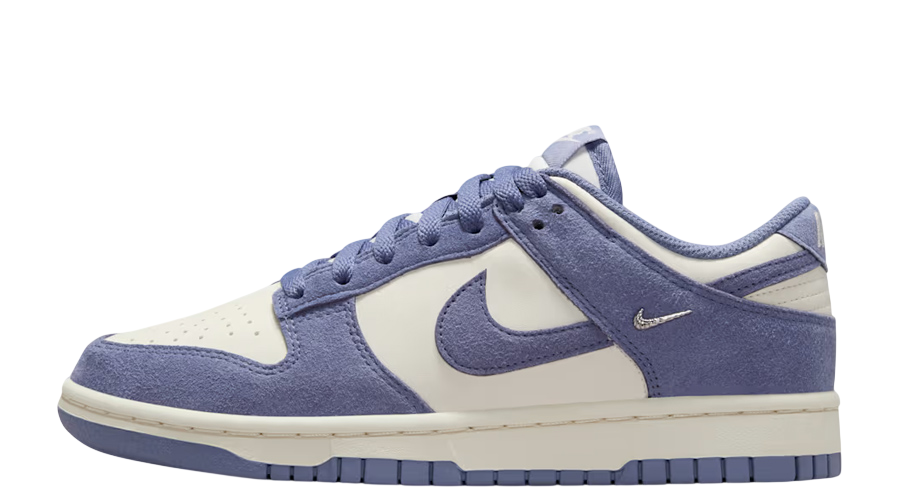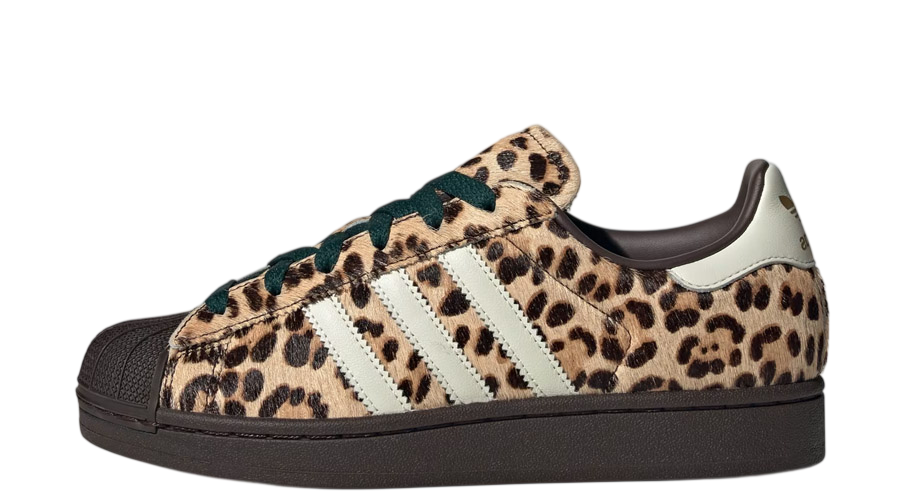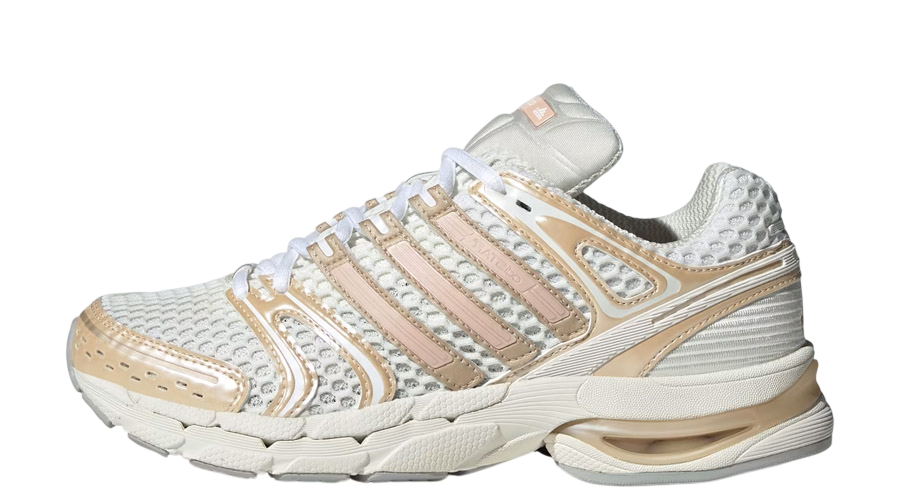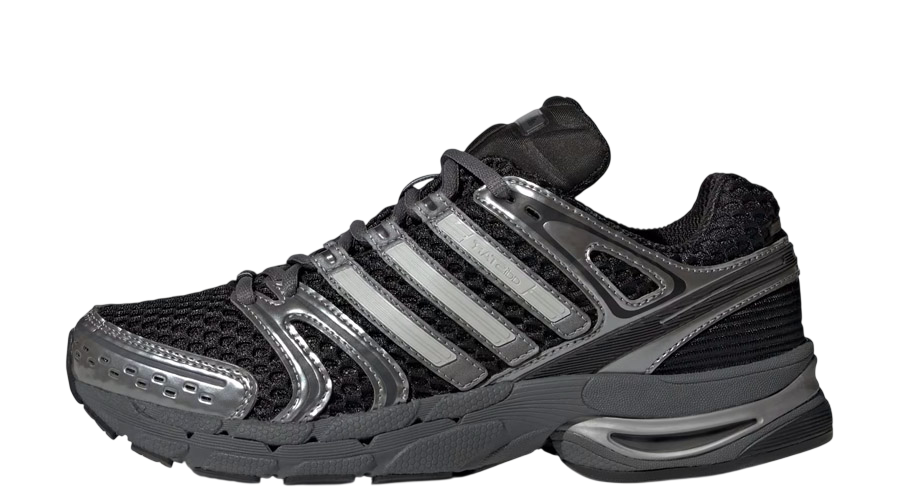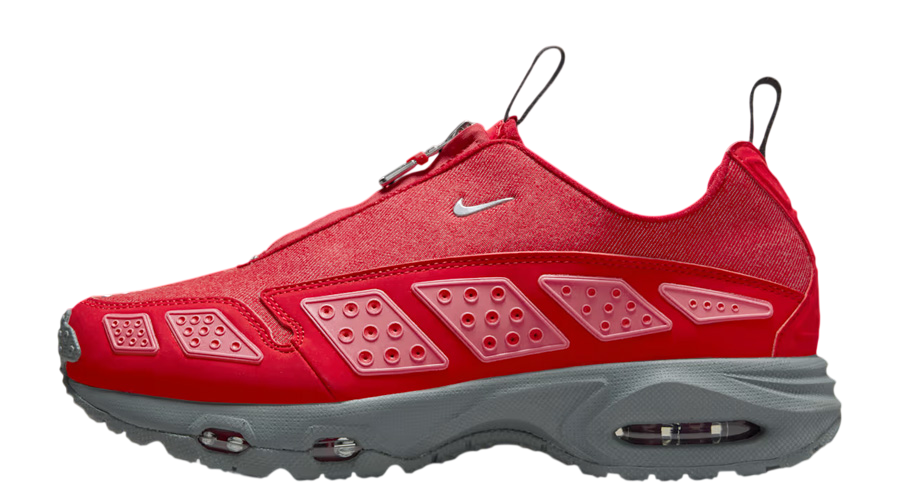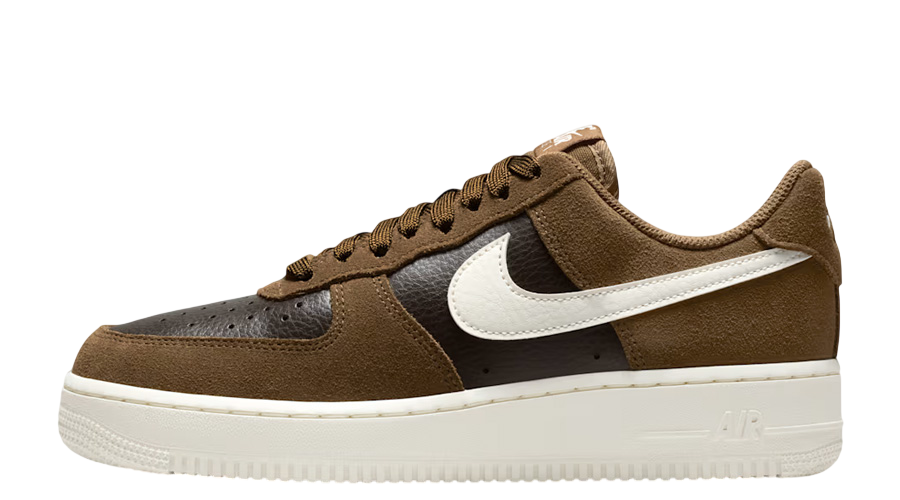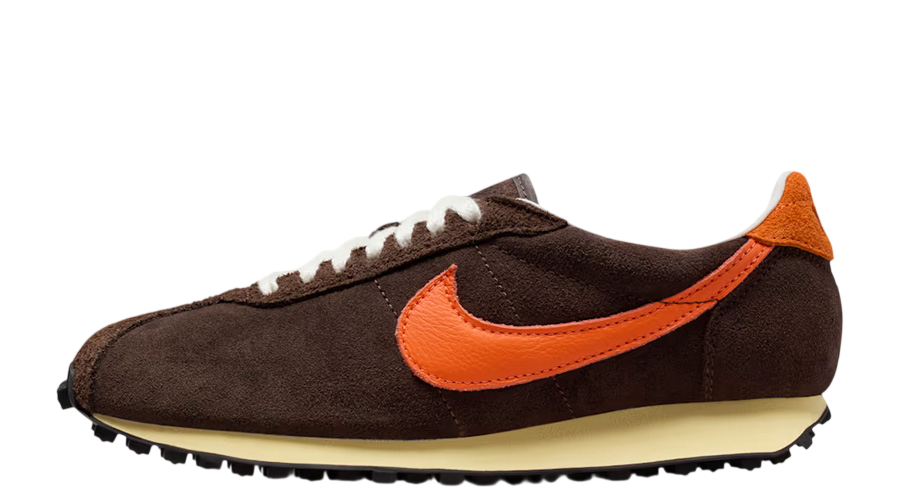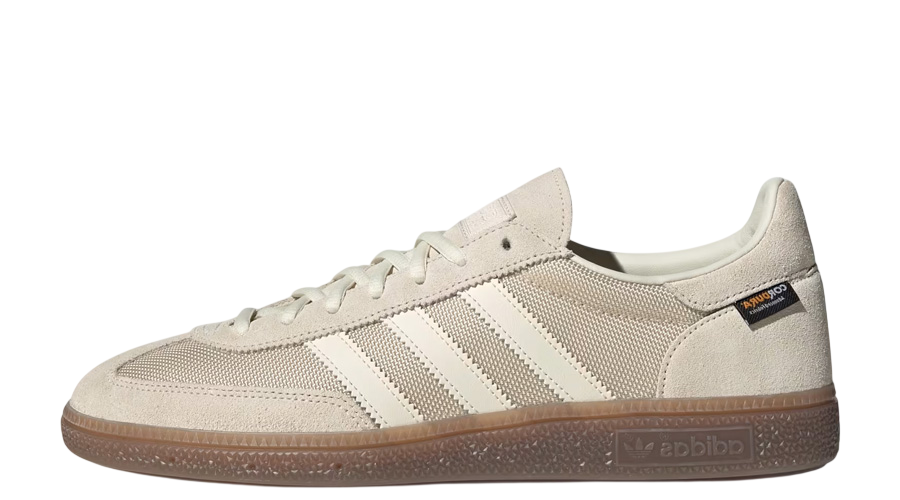What Does ‘GS’ Mean In Shoes? The Ultimate Grade School Guide

The sneaker industry is an ever-changing tapestry of definitions and terms that you might never have heard of. From “Beaters” to “Deadstock,” there are so many different words and phrases that are unique to the trainer game, so those who are new to it all might not fully understand all of the jargon that’s being thrown around. With that said, today, we’re going to focus on ‘GS.’
A abbreviation that has become more prevalent over the past couple of years with the rise of the industry, it’s used on footwear aimed mostly at younger customers. But what exactly does ‘GS’ even stand for, and what does it indicate? Make sure you read on to find out everything that you need to know!
What Does ‘GS’ Stand For?
To put it simply, ‘GS’ essentially stands for “Srade school,” and refers to sneakers and shoes that are generally designed for children, or those who are still in mainstream education.
What Does This Mean?
This means that these shoes have been specifically designed with children – or those in their early teens – in mind, and that they will only really fit people who meet that demographic. This is important to bear in mind when purchasing sneakers as an adult, and if you find a pair of Nike or New Balance kicks that seem a bit too cheap, that might be because they are actually children’s shoes. Which can actually mean massive savings!
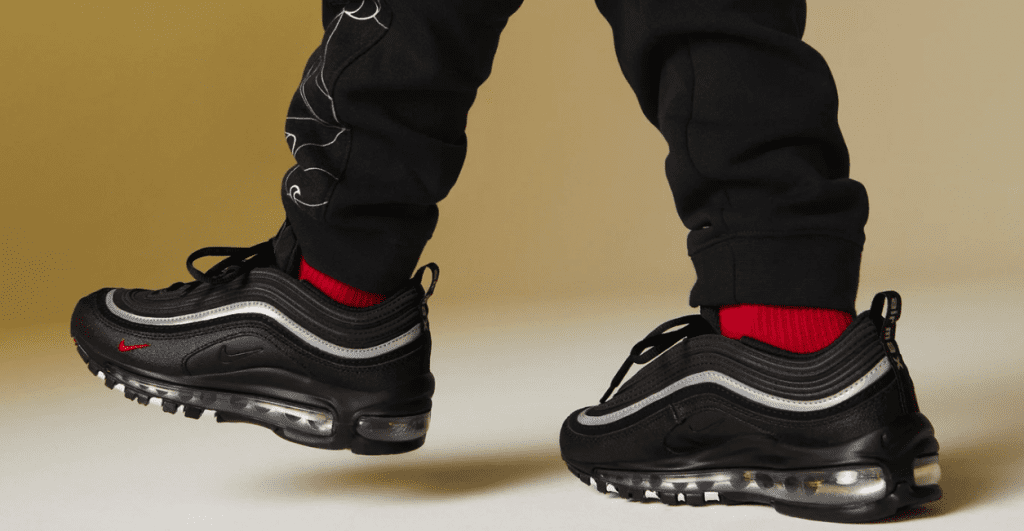
Is ‘GS’ The Same As ‘Youth’?
When it comes to sizing for shoes, ‘GS’ generally refers to the same size range as ‘youth,’ which means that children with larger feet, and children in their early teens, can feasibly wear the trainers with next-to-no dramas.
Can Adults Wear ‘GS’ Shoes?
This all depends on the size of their feet, but theoretically, yes! This is because ‘GS’ trainers are officially the highest shoe size in the children’s size range, meaning that adult’s with smaller shoe sizes can feasibly wear them as well as children and young teens. Generally speaking, if you go up as high as 7Y (for example) in the ‘GS’ shoe sizing range, then some adults will be able to wear them pretty comfortably.
This obviously has numerous benefits to adults with smaller feet, as they can get good fitting shoes for a fraction of the cost that they would normally have to pay for sneakers in the adult range. You can finally cop those Jordans or Yeezys without having to break the bank!
Are There Downsides?
Not really, it’s pretty much win win, the only downside would be that there is less selection in GS sizing compared to the women’s range. You may also find that the colourways are designed for a younger demographic. However, this would be hardly noticeable, and doesn’t take away from the good deal!
Can Women Wear ‘GS’ Shoes?
Women generally wear smaller sizes than men, and as such people can often confuse ‘GS’ sized shoes with female sizes. In the US women’s sizes are generally different to this measurement system, and women looking to buy ‘GS’ shoes should subtract 1.5 sizes from their normal shoe size. In the UK GS sizing match women’s sizing, so a GS size UK5 is exactly the same as a women’s UK5. Simple Stuff.
What Is The Difference Between ‘GS’ and ‘PS’?
There might also be some confusion between ‘GS’ sizes and ‘PS’ sizes. This is an easy mistake to make, especially with smaller print, however there is a distinct difference between the two. ‘PS’ basically refers to “preschool,” which means that the trainers in question are designed for children who are 3 to 5-years-old (preschool age), and generally will not fit older children.
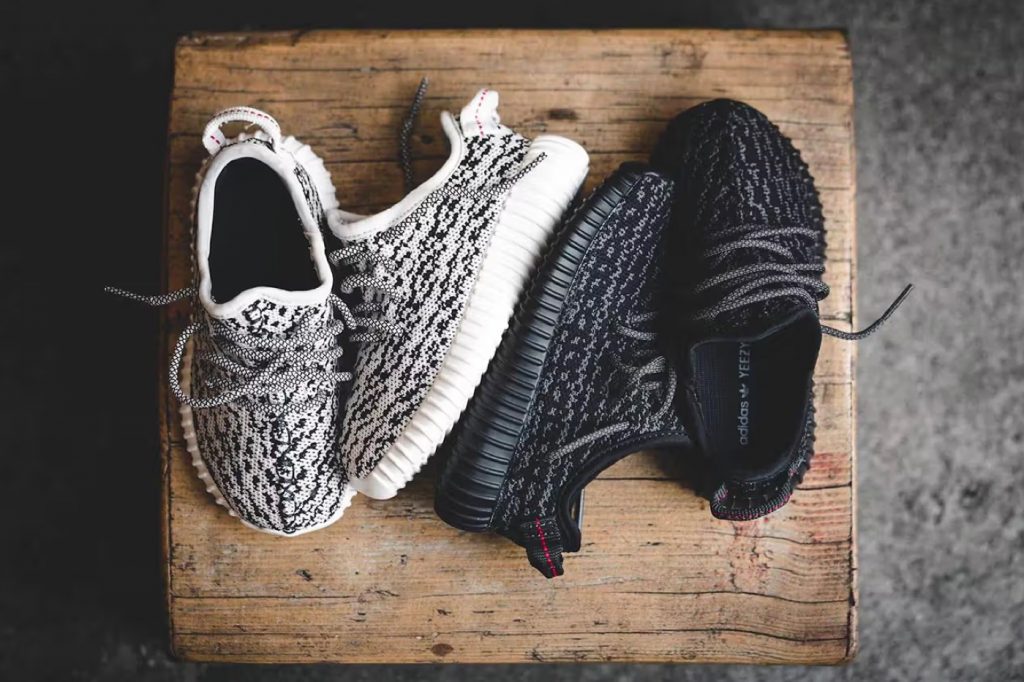
What Is The Difference Between ‘GS’ and ‘BG’?
There is very little difference between these two size ranges. While ‘BG’ actually stands for ‘boy’s grade school,’ the only real difference is that they are generally designed for wider feet – something that is necessary as boy’s feet can often be wider than those of girls. That being said, boys do not need to wear shoes in this range, and in fact, those with narrower feet would be more suited in ‘GS’ sizes.
The other difference is the target audience. ‘BG’ sneakers are solely marketed to boys, while ‘GS’ one are easily worn by either gender.
Are ‘GS’ Shoes For Boys & Girls?
‘GS’ sneakers are designed for both boys and girls of grade school age, although there are specific size brackets that should be taken note of when choosing the right pair. For boys, the sizes generally range from 1 to 7-years-old, whereas for girls the sizes generally range from 1-to-5.5 years old. This means that that girls with larger feet will need to try other sizes to find the sneakers that they need.
What Is The Benefit For Parents?
One of the main benefits of ‘GS’ shoe sizes for parents buying shoes for their children, is that the sizes for boys and girls are generally gender neutral and the same all the way through the size range.
This can obviously make the whole process easier, and allow siblings to wear each other’s shoes when they reach the right age and size. This can be much easier for parents with children of different ages, and can ultimately mean some pretty big savings when it comes to sneakers shopping.
When Do Children’s Feet Stop Growing?
Keeping up with your children’s shoe sizes can be a tricky thing when they are young, especially when taking into account the expense that shoe shopping can entail. However, their feet do not keep growing forever, and there are specific age markers for foot growth.
Generally speaking, girl’s feet have achieved 90% of their growth by the age of 10-years-old, meaning that by that age the end is nearly in sight for parents. For boys however, they have usually reached 80% of their growth range by the age of 10, meaning that they have more years to go before their feet are at full size. This should come as no surprise to parents of boys, who know just how quickly their feet grow.
Final Thoughts
And there we have it! That’s everything you need to know about what ‘GS’ means within the sneaker industry. Over the past couple of years, children’s footwear has become just as lucrative as it is for adults, with more and more young people having expensive shoes as they grow up. However, it’s always important to purchase the right size, especially when buying online. So if you are in grade school, then be sure to look out for the ‘GS’ when ordering!
